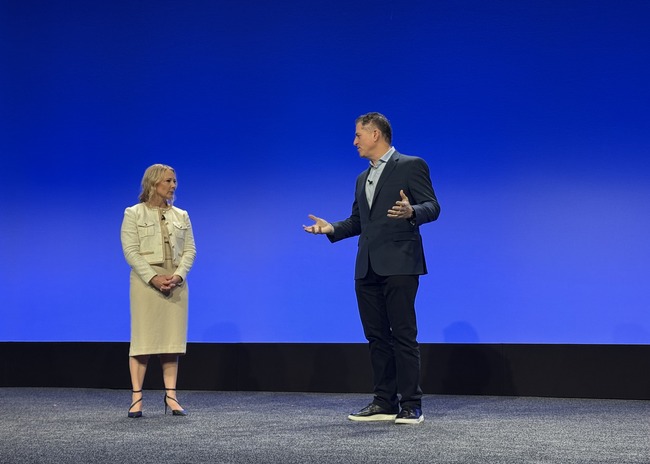Dell Technologies World 2025 (DTW) recently provided a comprehensive look into Dell's strategy and vision, with a particular focus on the transformative power of Artificial Intelligence (AI) for businesses of all sizes. Keynotes from Michael Dell and Jeff Clarke, alongside detailed briefings on Client Solutions Group (CSG) and Infrastructure Solutions Group (ISG), painted a picture of a company positioning itself as the end-to-end partner for the AI journey. While much attention often focuses on hyperscalers and large enterprises, Dell offers significant opportunities and tailored strategies for the midmarket as well as the vital channel partners who serve them.

Here are my seven key takeaways:
1. The Dell AI Factory is an End-to-End AI Framework, Not Just Hardware
Dell introduced and expanded upon the concept of the Dell AI Factory, describing it as an unmatched set of capabilities in the industry designed to help businesses get started with Generative AI and scale it. It is presented as an open, modular infrastructure with a rich ecosystem, delivering powerful GPUs, scalable storage, high-throughput networking, curated tooling, and integrated cutting-edge models, supported by deployment services. This framework covers the entire computing architecture for modern AI workloads, from PCs to data centers and the edge. Dell has helped over 3,000 businesses build their factories and launched over 200 new features since its inception a year ago. The vision is for customers to bring their own company data to the AI Factory, driving unique business outcomes.
Why this is important for Midmarket and Channel Partners: This framework provides a structured approach to AI adoption. For midmarket, it demystifies the complex landscape of AI infrastructure by offering a seemingly integrated and supported stack. They don't need to piece together disparate components or become AI experts overnight. For channel partners, the AI Factory is a complete solution portfolio to take to customers. Dell is making it easier to consume and deploy through reference architectures and packaged software. This enables partners to concentrate on delivering value and outcomes, rather than merely selling individual pieces of hardware. The concept of bringing "your own company data" to drive outcomes resonates strongly with businesses of all sizes, emphasizing that AI value is tied to their unique operations and data, which partners are often intimately familiar with.












